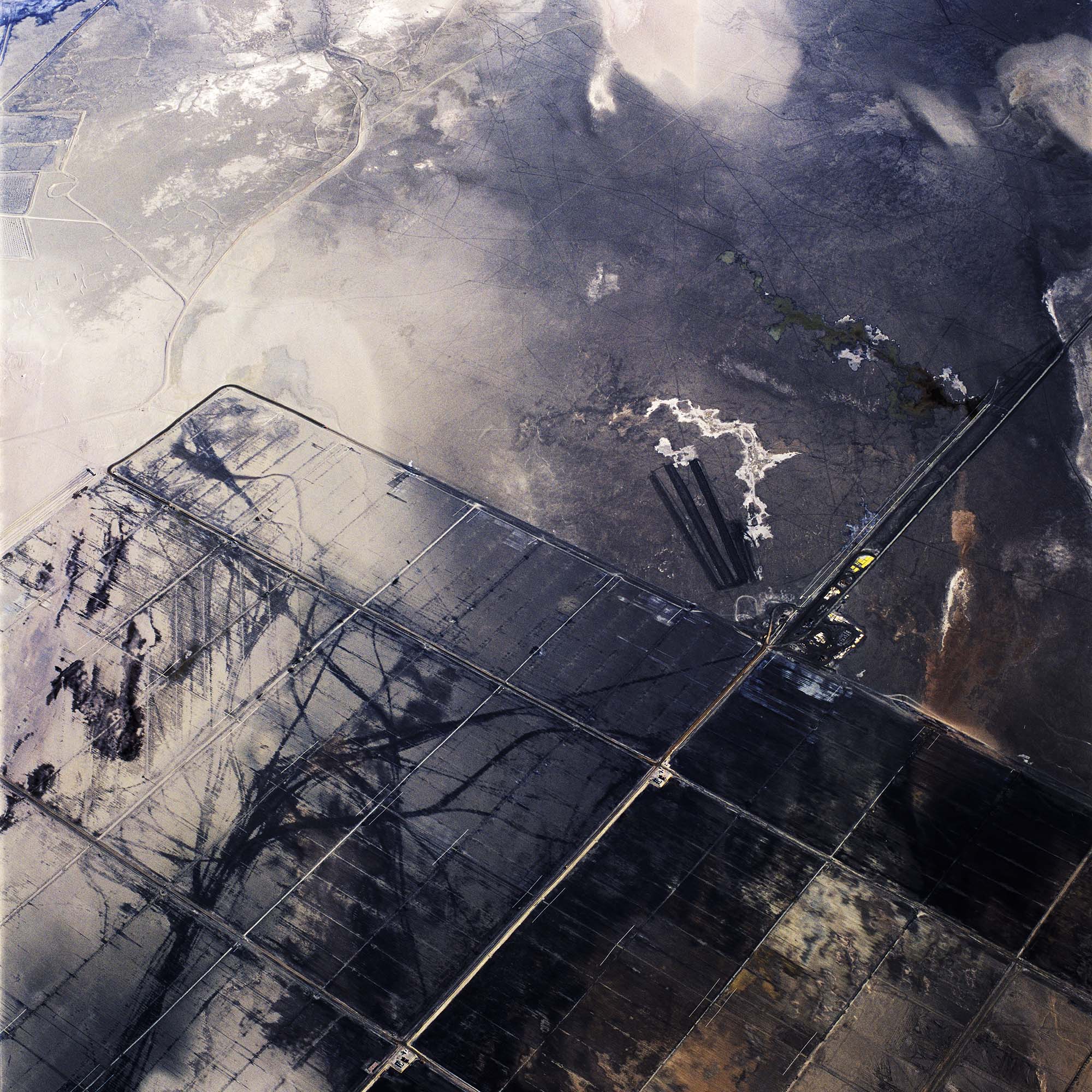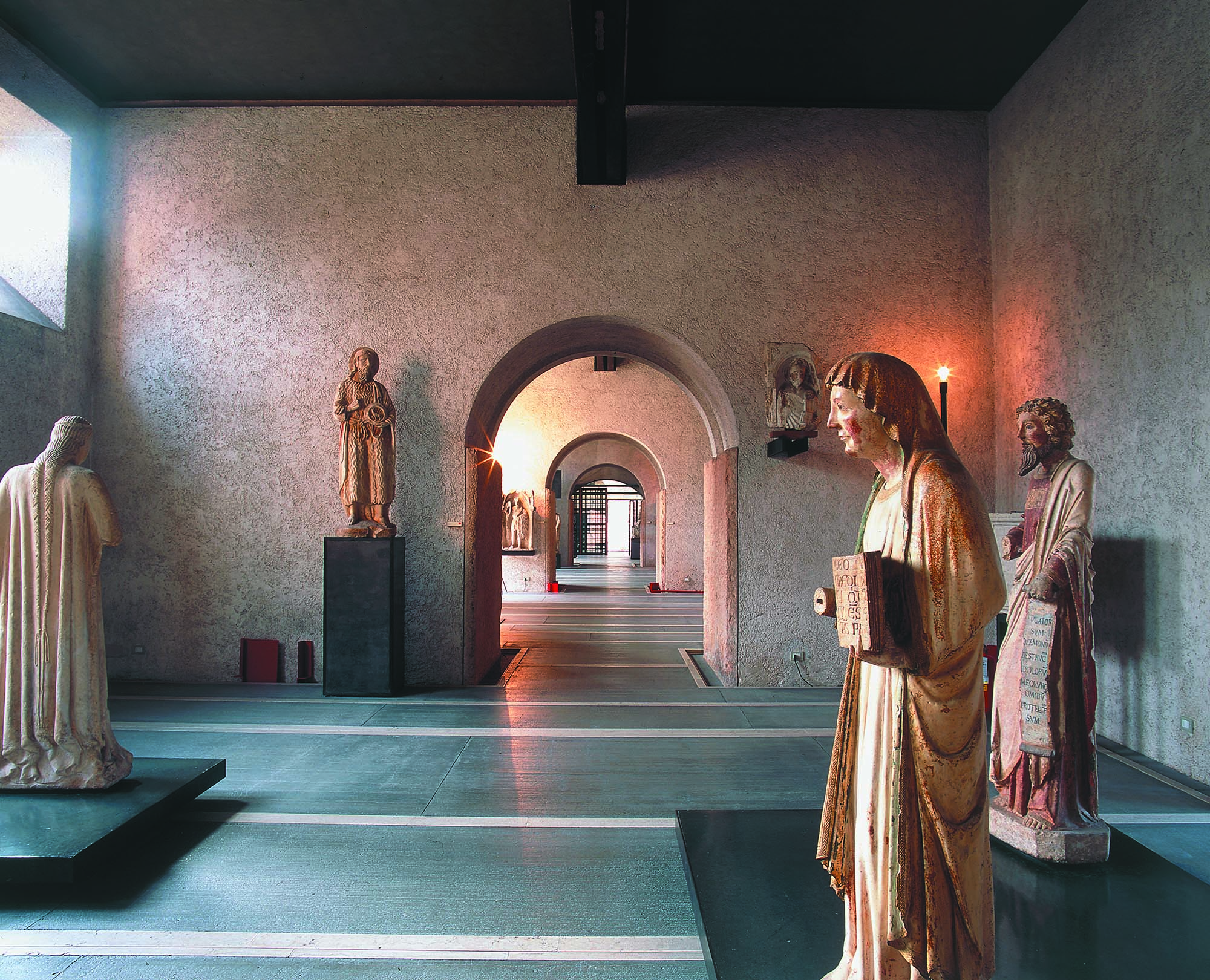Daylighting and the Senses:
Tactile Design Processes Fostering Biophilia

Lecture from the 7th VELUX Daylight Symposium that took place in Berlin on 3-4 May 2017 by Claude Demers
This presentation emphasises the physical and poetic relation between architecture and climate by introducing a combined tactile and numerical approach to creation. The presentation relates to recent research that explores the physical and poetic relation between structure and climate by introducing a combined tactile and numerical approach to creation (Demers 2016) whilst facing the necessity of low-energy buildings in relation to comfort and environmental satisfaction of users. It acknowledges the essential contribution of passive bioclimatic strategies in climate-responsive design, low-energy buildings and inhabitants’ well-being. As expressive means between humans and nature expand, landscape becomes more meaningful and greater becomes the possibility of cultural and poetical reinterpretation of natural elements (Norberg-Schulz, 1979). Landscapes generate emotions in relation to diverse interactions, such as calmness, intimacy, openness, which could be generalized to inhabitants (Bell, 1999). Architecture integrated to its environment and cultural context expands the space of the biological and social balance, and secures a favourable habitat for productivity, health and well-being while minimizing negative impacts on the environment (Beatly 2011). As a genuine extension of the body, architecture stands between nature and humans, and also expresses the tangible meeting point of climate and technology (Portoghesi, 2000). The concept of physical ambiences uniquely describes the importance of a combined quantitative and qualitative approach in the design process, linking performative goals of architecture with experiential and more sensorial intentions. The presentation proposes that a tactile approach puts forward the experimental and experiential nature of environmental fluxes at several levels of precision and simulation, from inception to final developments. The tactile creative process should therefore stimulate and expand the creative power of designers in relation to physical ambiances.
The presentation also explores the speculation on possible experiential projections of inhabitants’ adaptive opportunities in relation to building envelopes. Where environmental determinism led to uniformity, the acceptance of environmental diversity through user’s adaptability should lead to more diversified, flexible climate-responsive and ultimately sustainable architecture (Potvin et. al. 2004). Adaptive erosion results suggest that re-humanization of architecture through adaptive solutions involving the prediction of biophilia through physical ambiances could emphasize the importance of connecting inhabitant’s experience throughout the design activity (Demers and Potvin, 2016). This aspect should be further explored since the essential role of educators in relation to building professionals and developers in promoting an optimization of human interactions with buildings has been recognized (Demers, Potvin 2009, Cole 2009). Building energy intensity should address inhabitants behaviour in the equation, since they are directly responsible for the energy demand (Janda, 2009). This presentation proposes that the combined tactile and digital processes should become part of design methodologies to promote humanization of otherwise deterministic simulation results in architecture to foster biophilia and well-being.
Claude Demers is a Professor of architecture at Laval University, actively involved in teaching and research on daylighting through funded projects since 1997. She has completed a PhD in architecture at the University of Cambridge, innovating on the integration of qualitative and quantitative assessments of daylighting in architecture. Co-founder of the Groupe de Recherche en Ambiances Physiques, she is interested in biophilic architecture and occupant’s satisfaction, associating the importance of design to user’s behaviour. She is an expert in the digital and analogical modeling of light, developing and applying her research expertise to innovate on new building designs. She has produced fundamental and applied researches favouring the integration of bioclimatic design strategies at the scales of urban, architectural and detail for several projects that have won prizes for architectural innovation: OAQ, RAIC medal, Energia prize, CECObois, Bomex.




